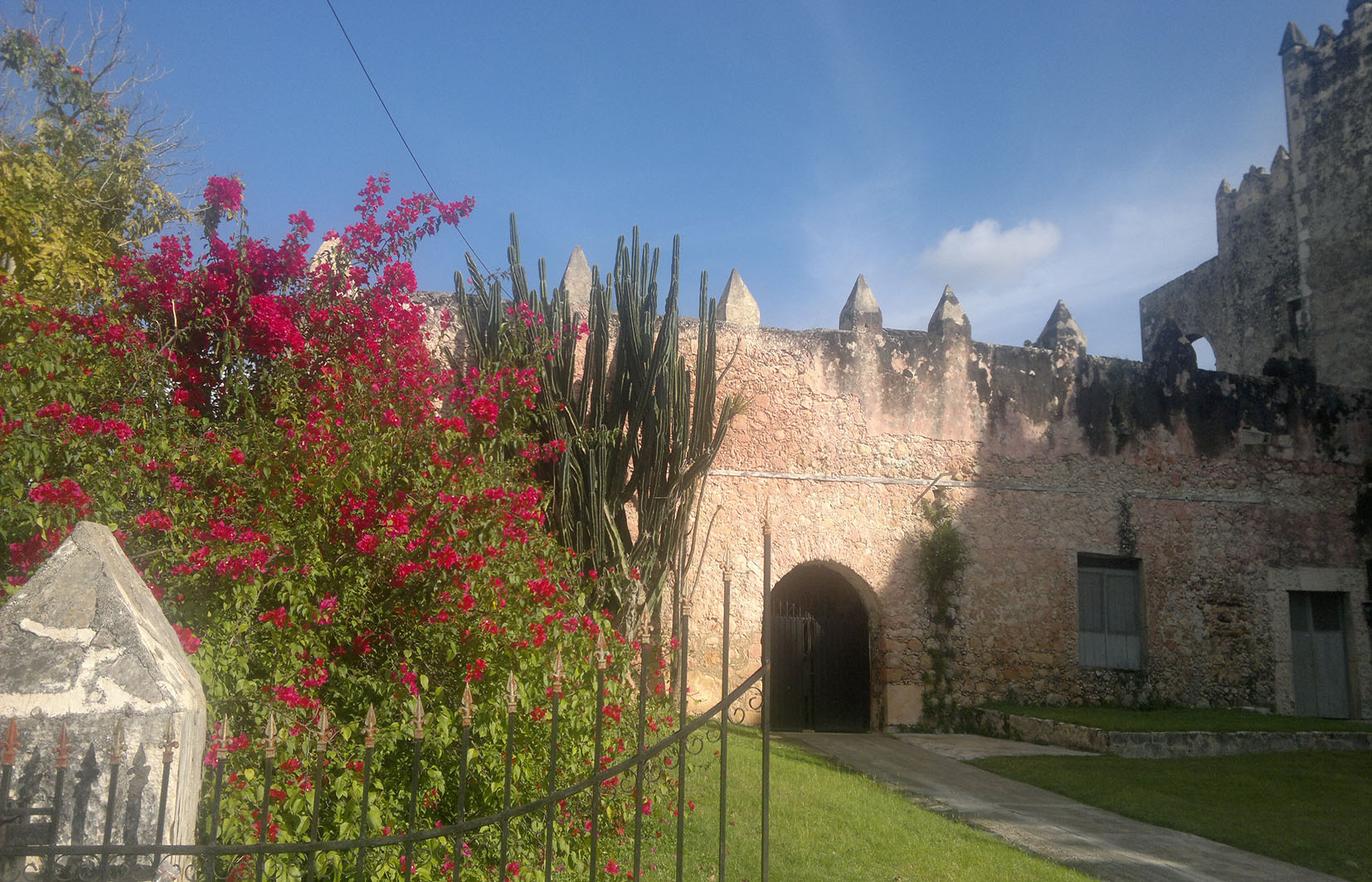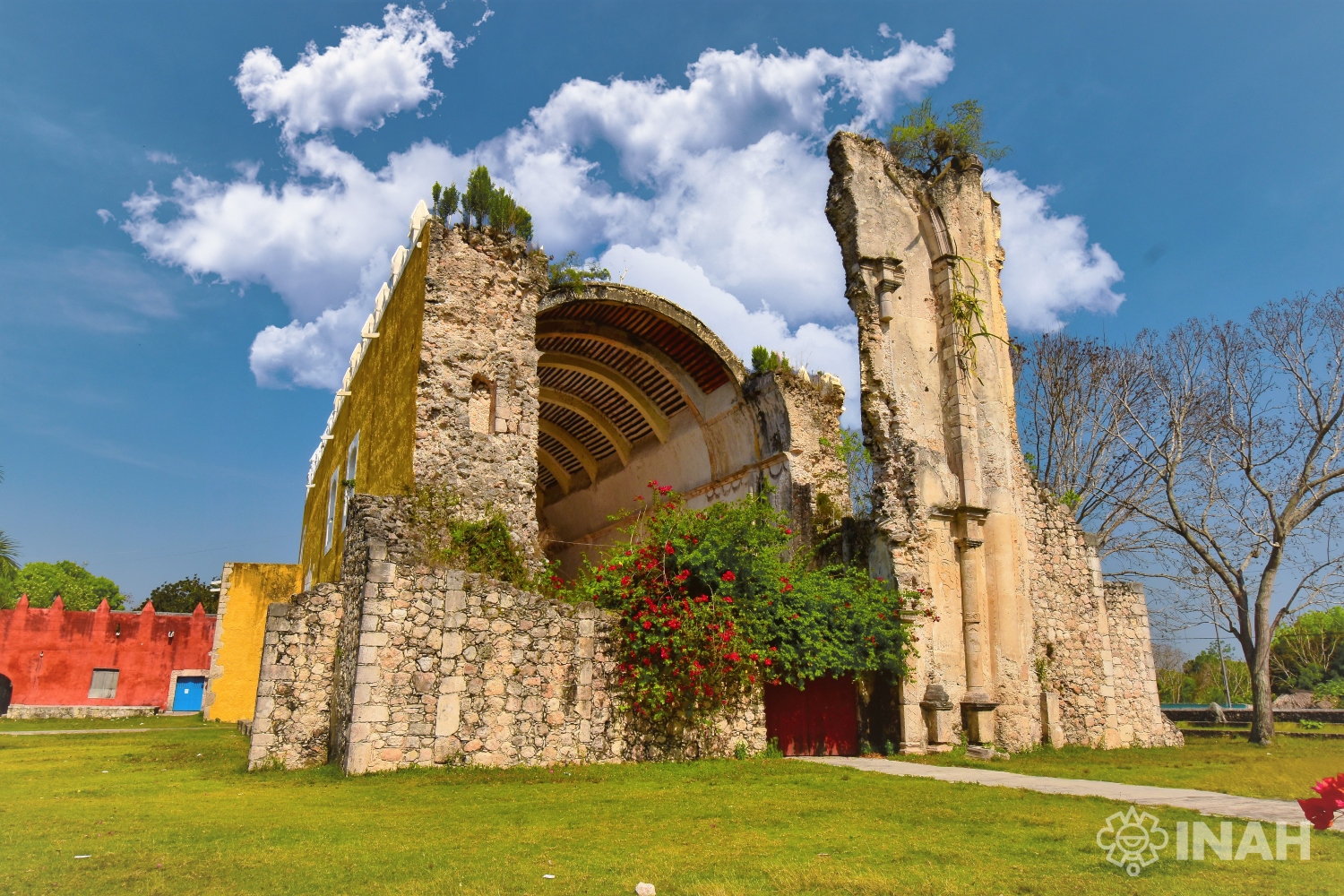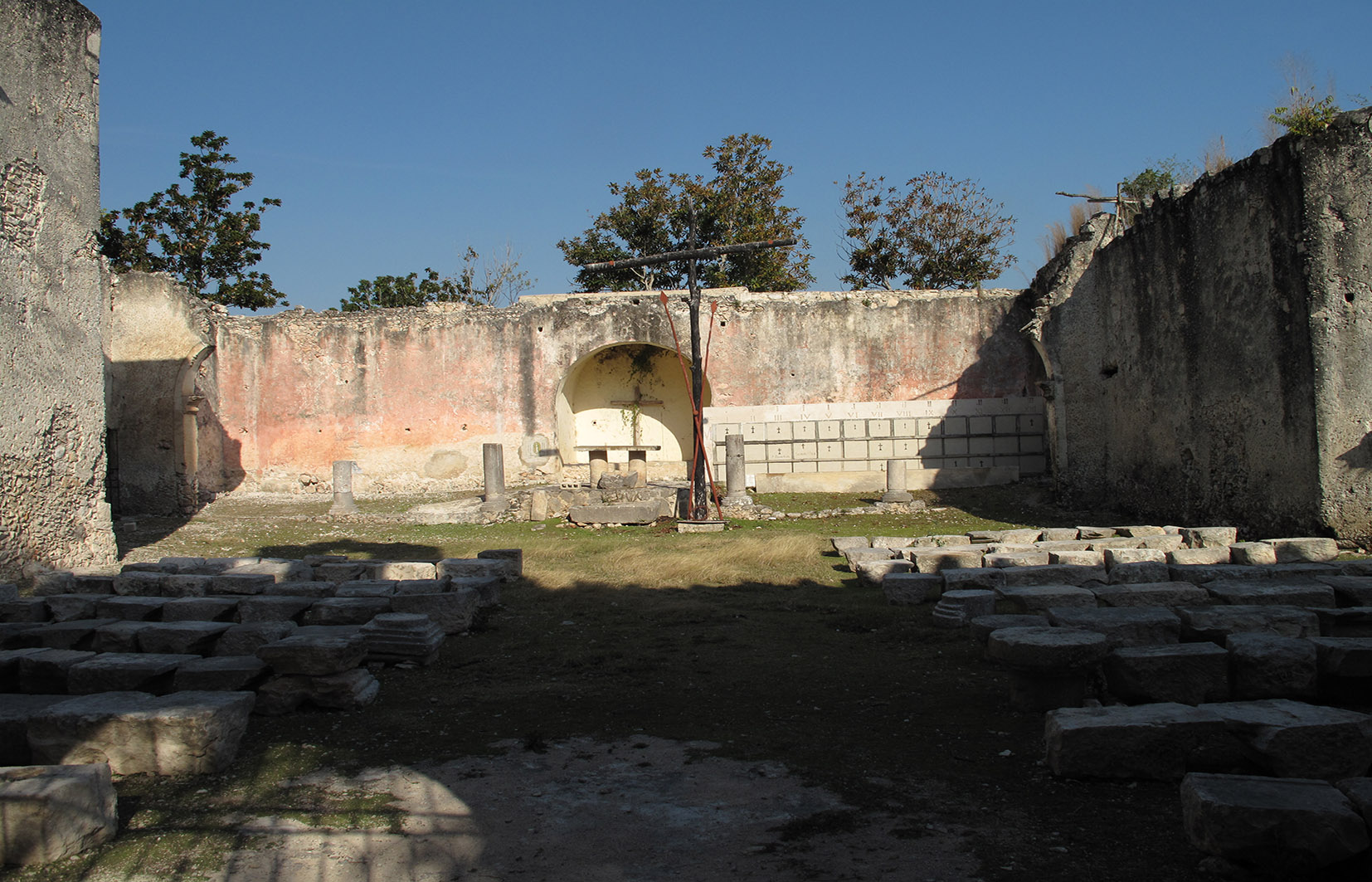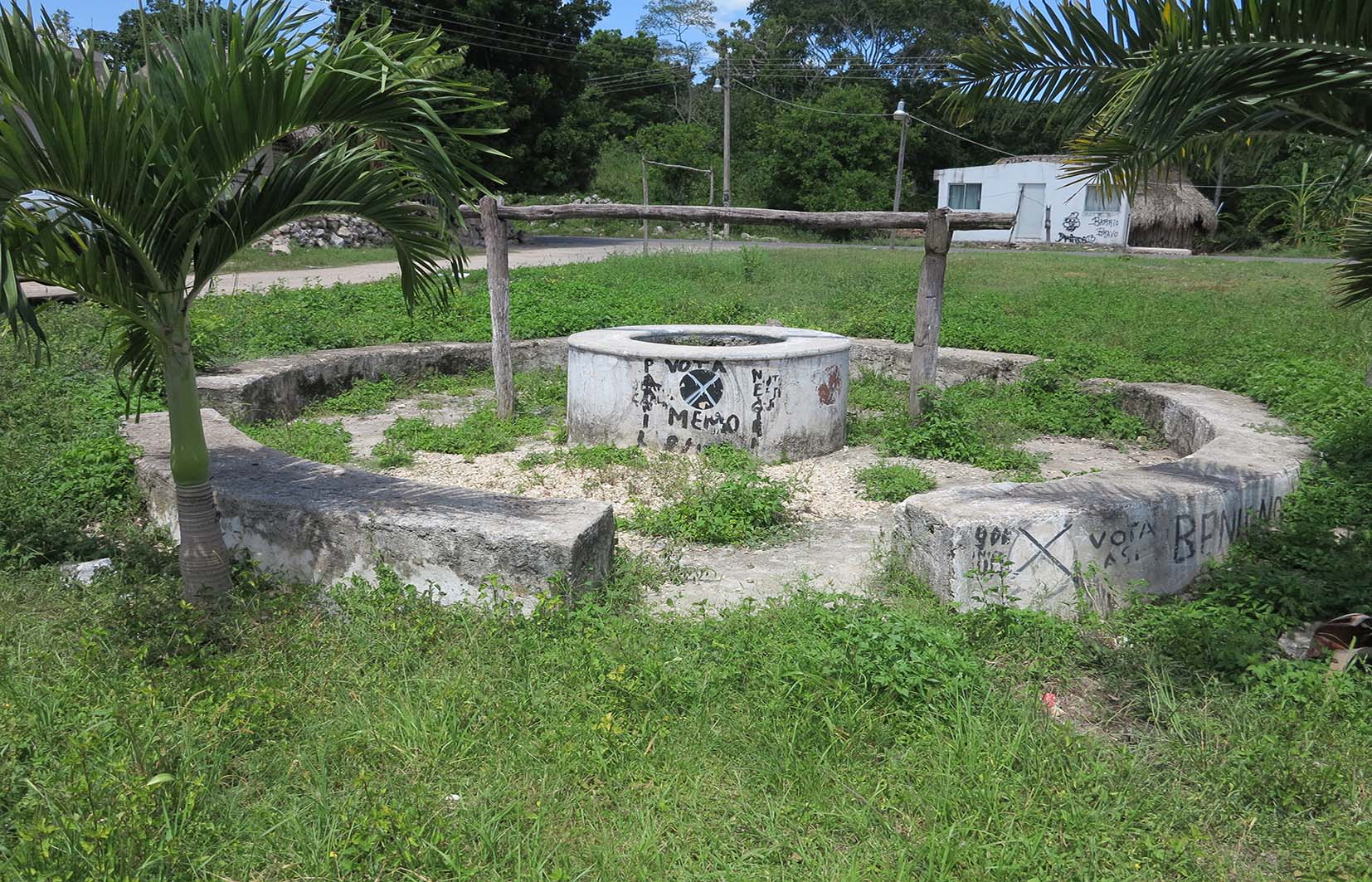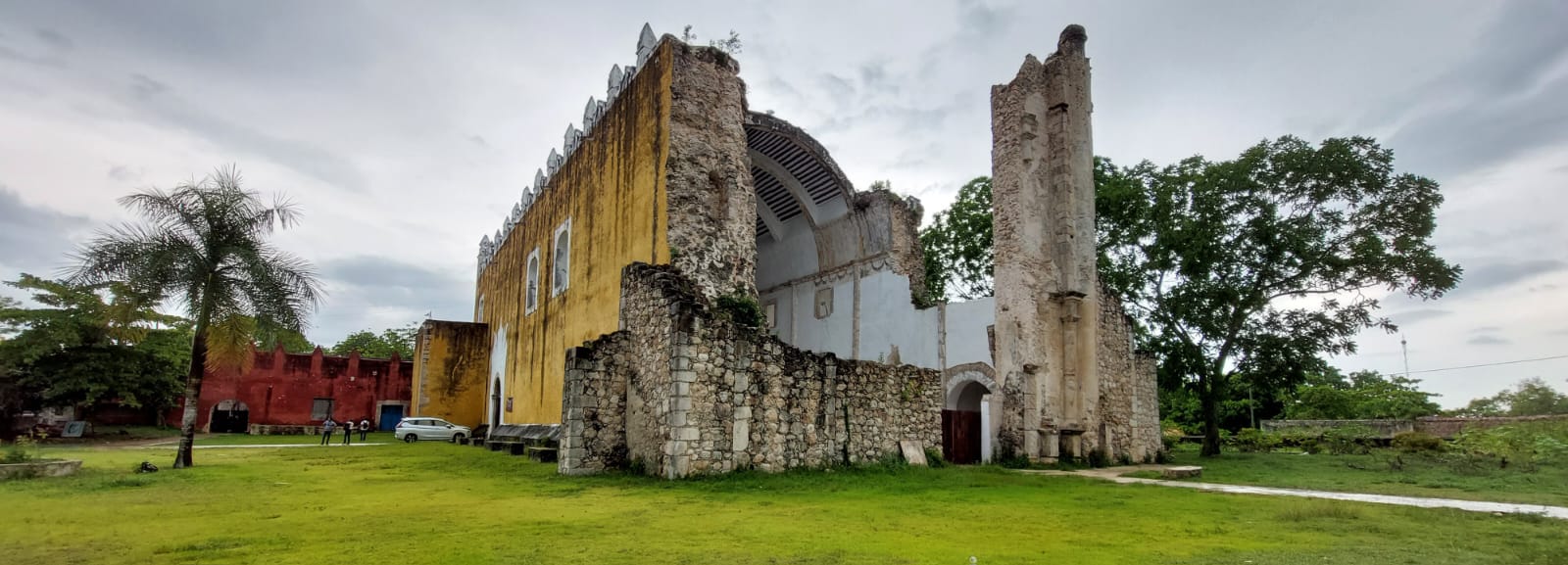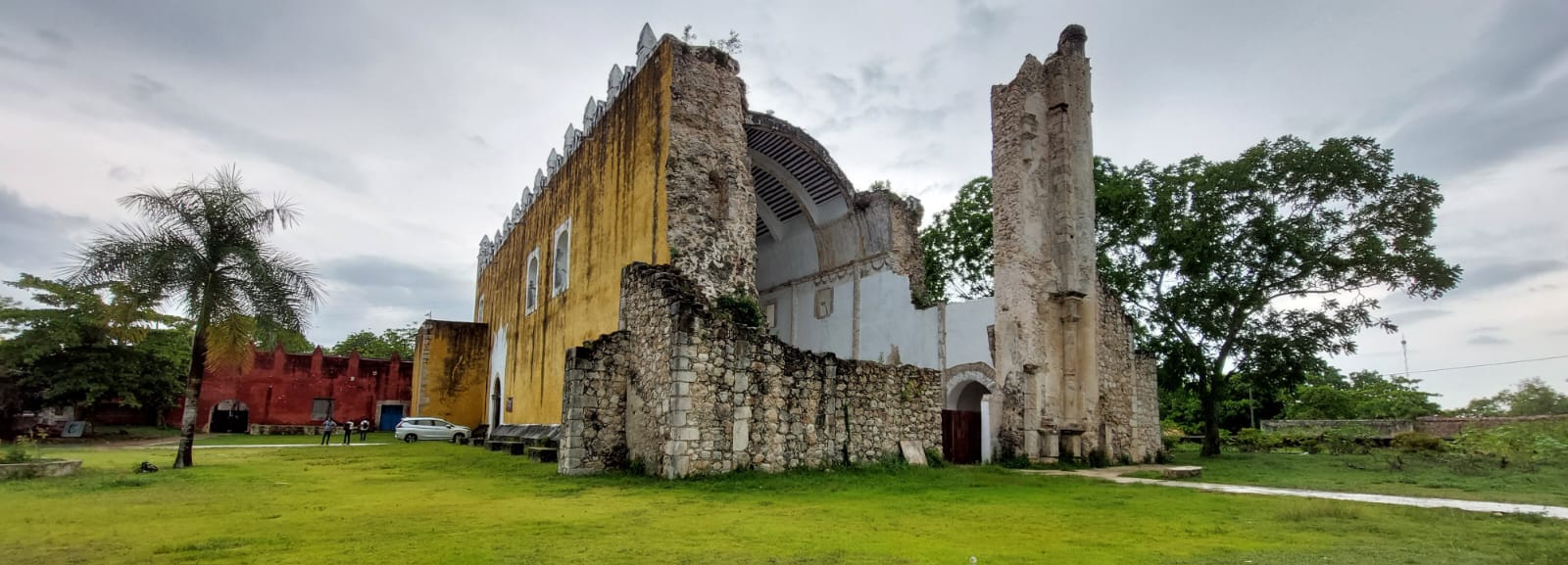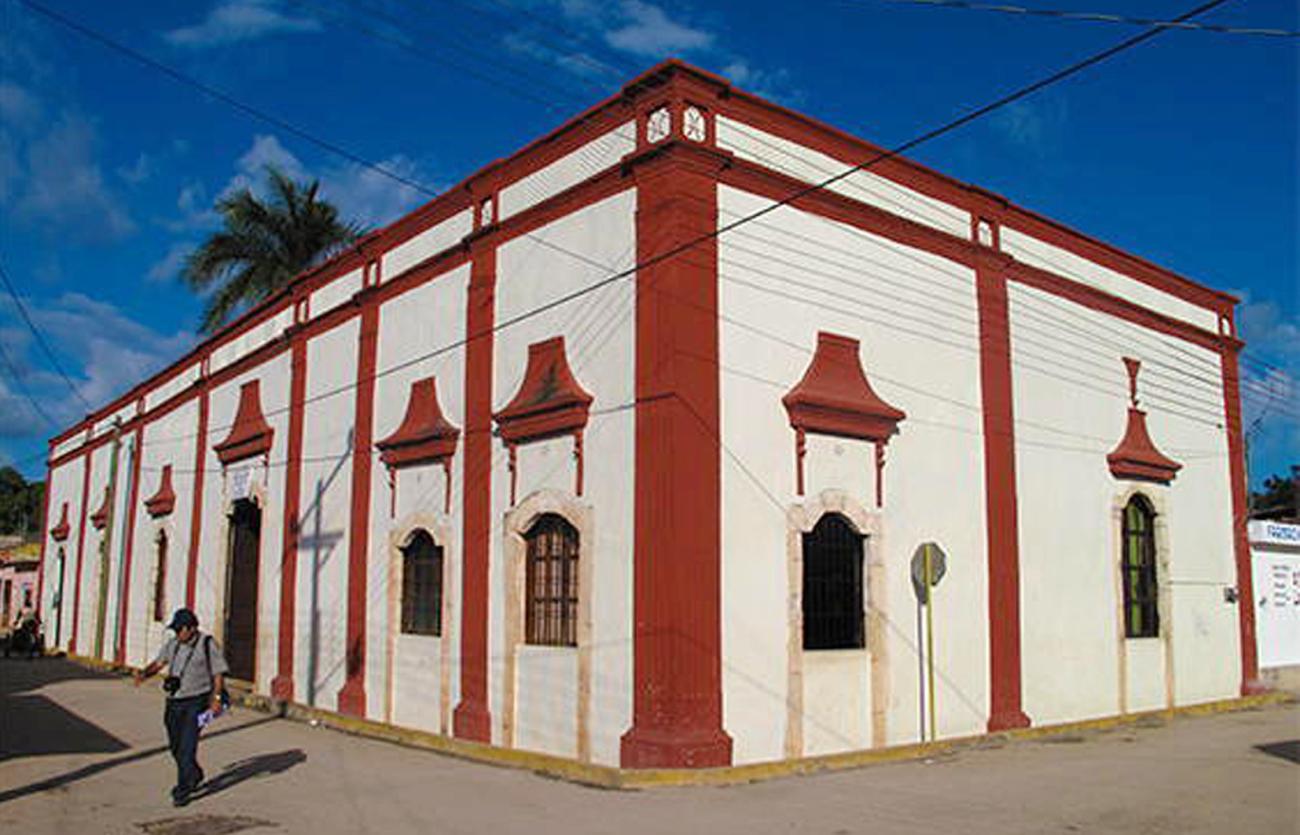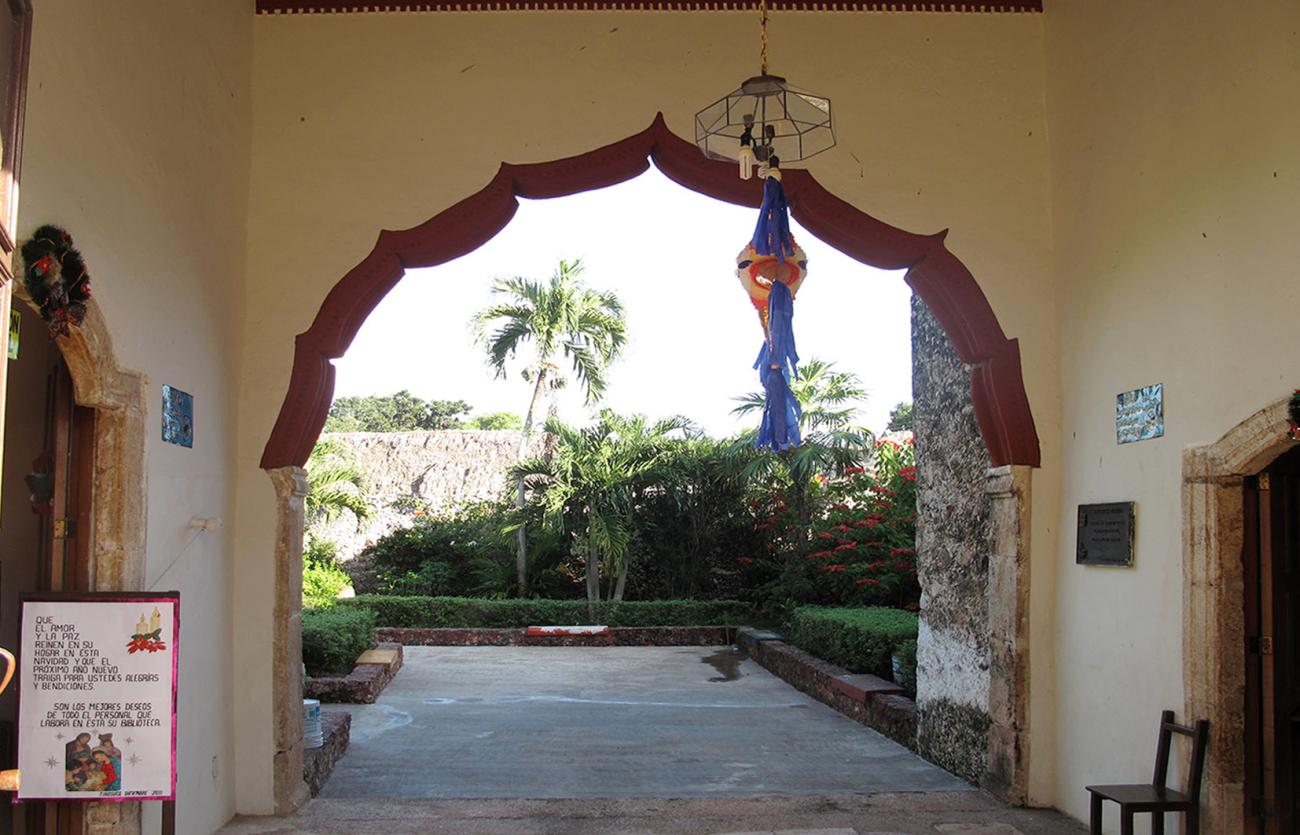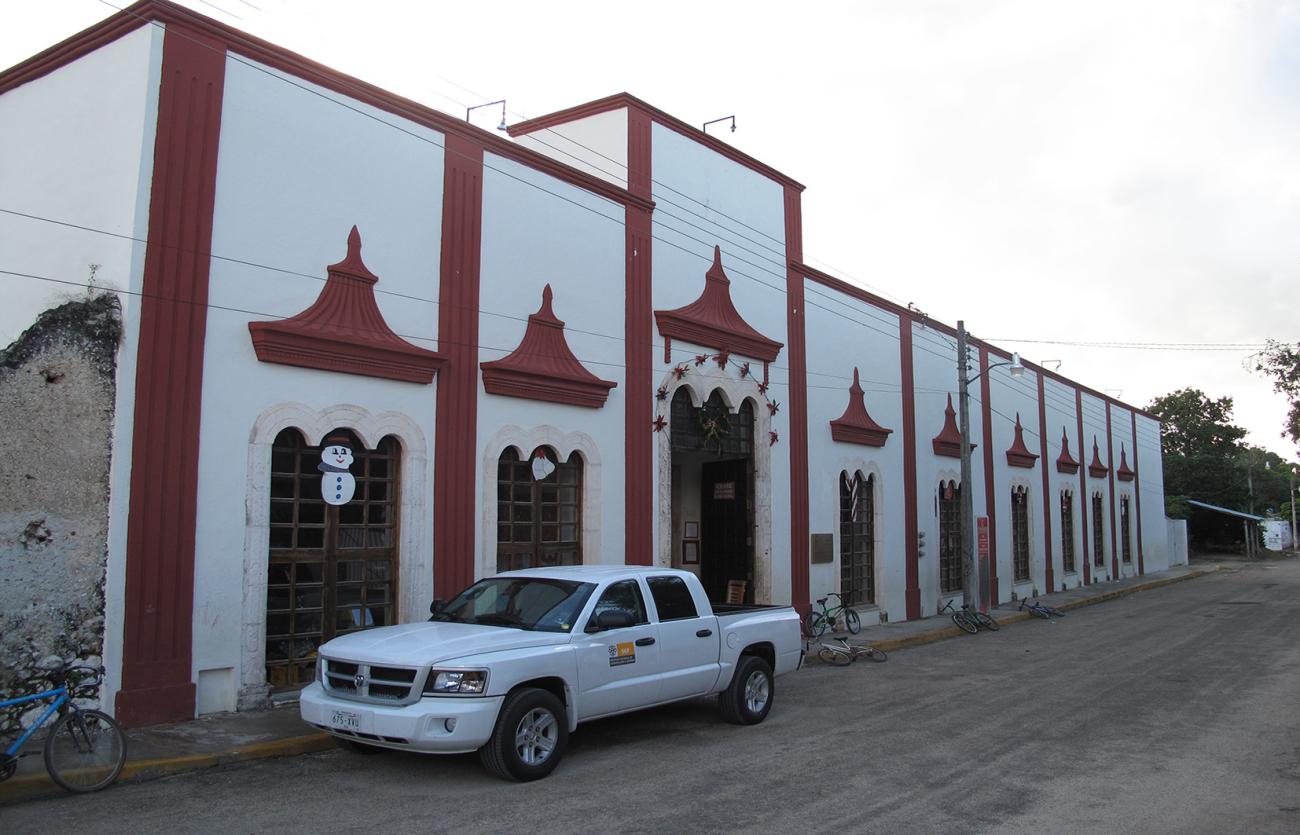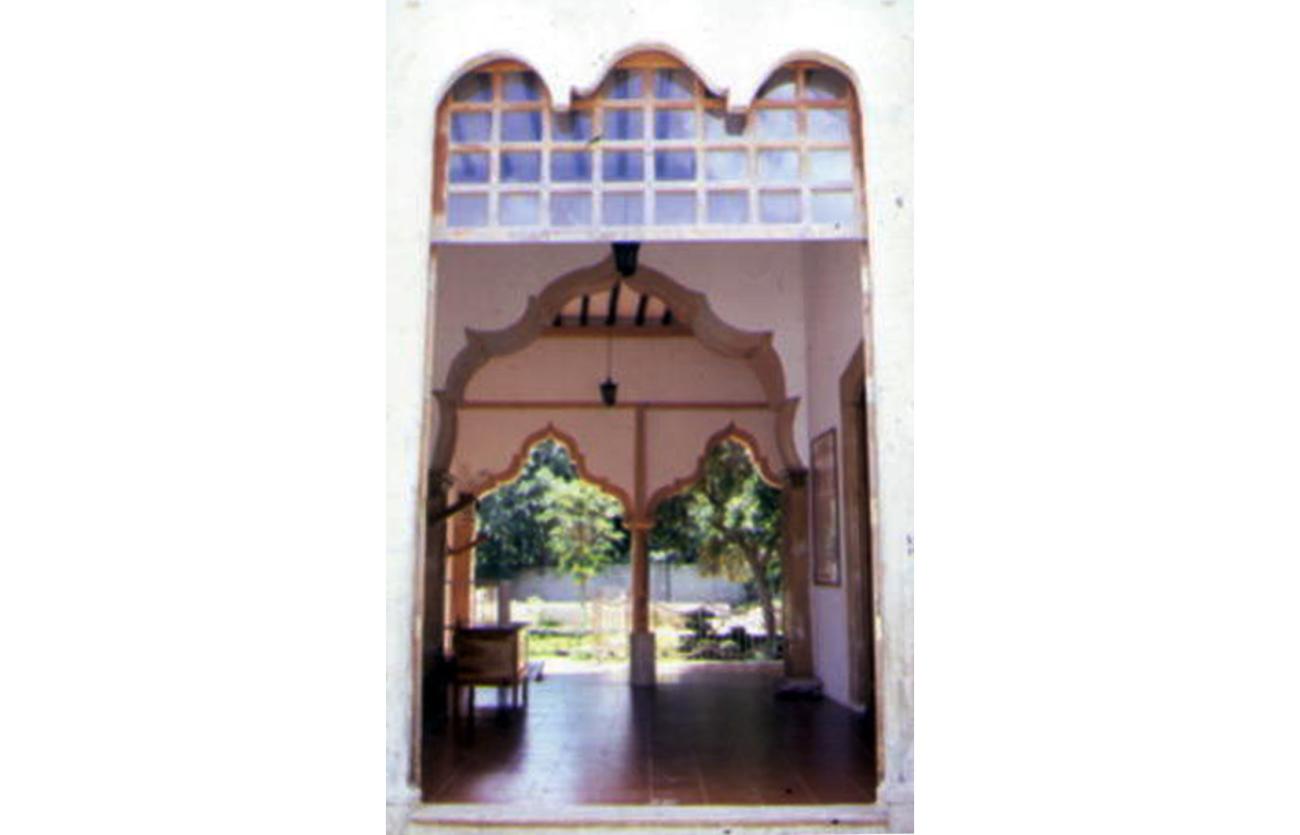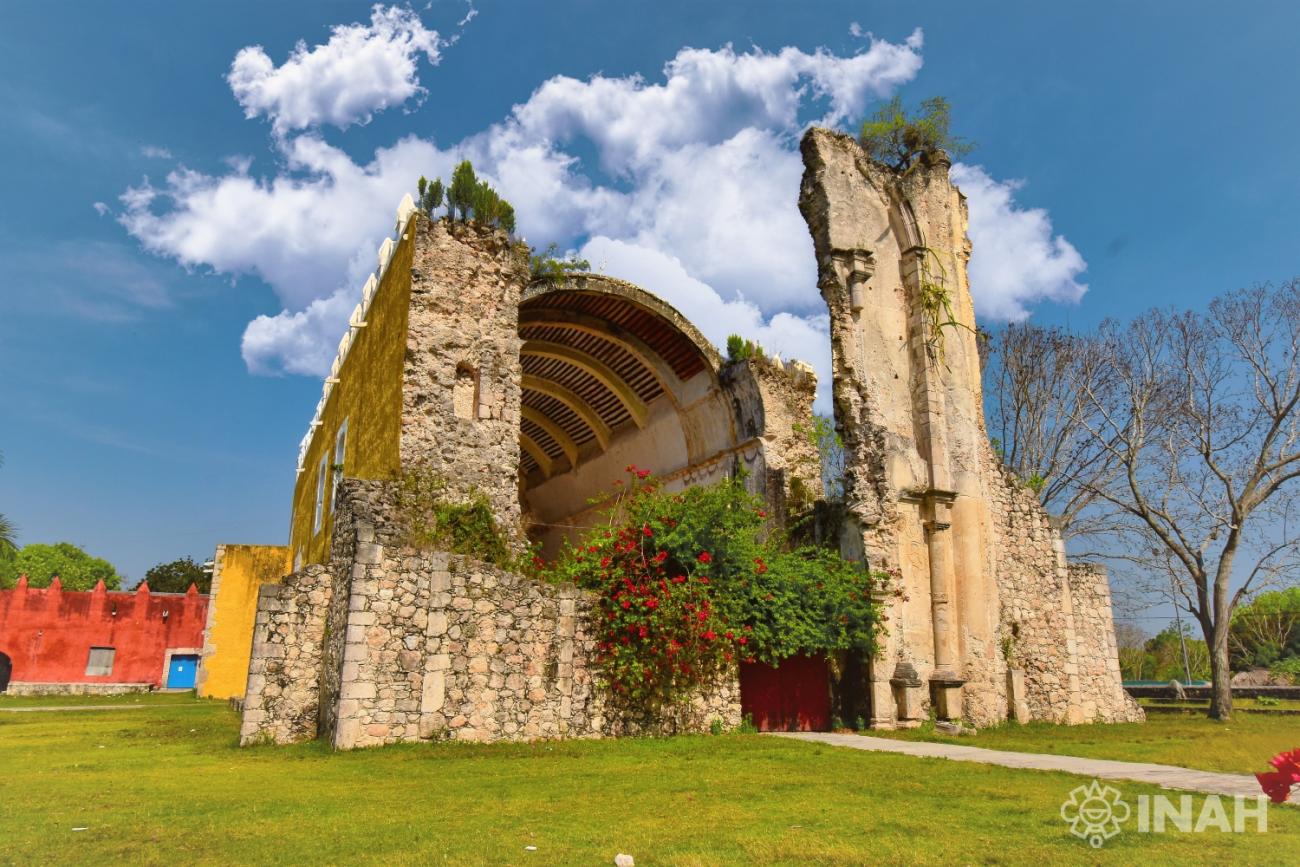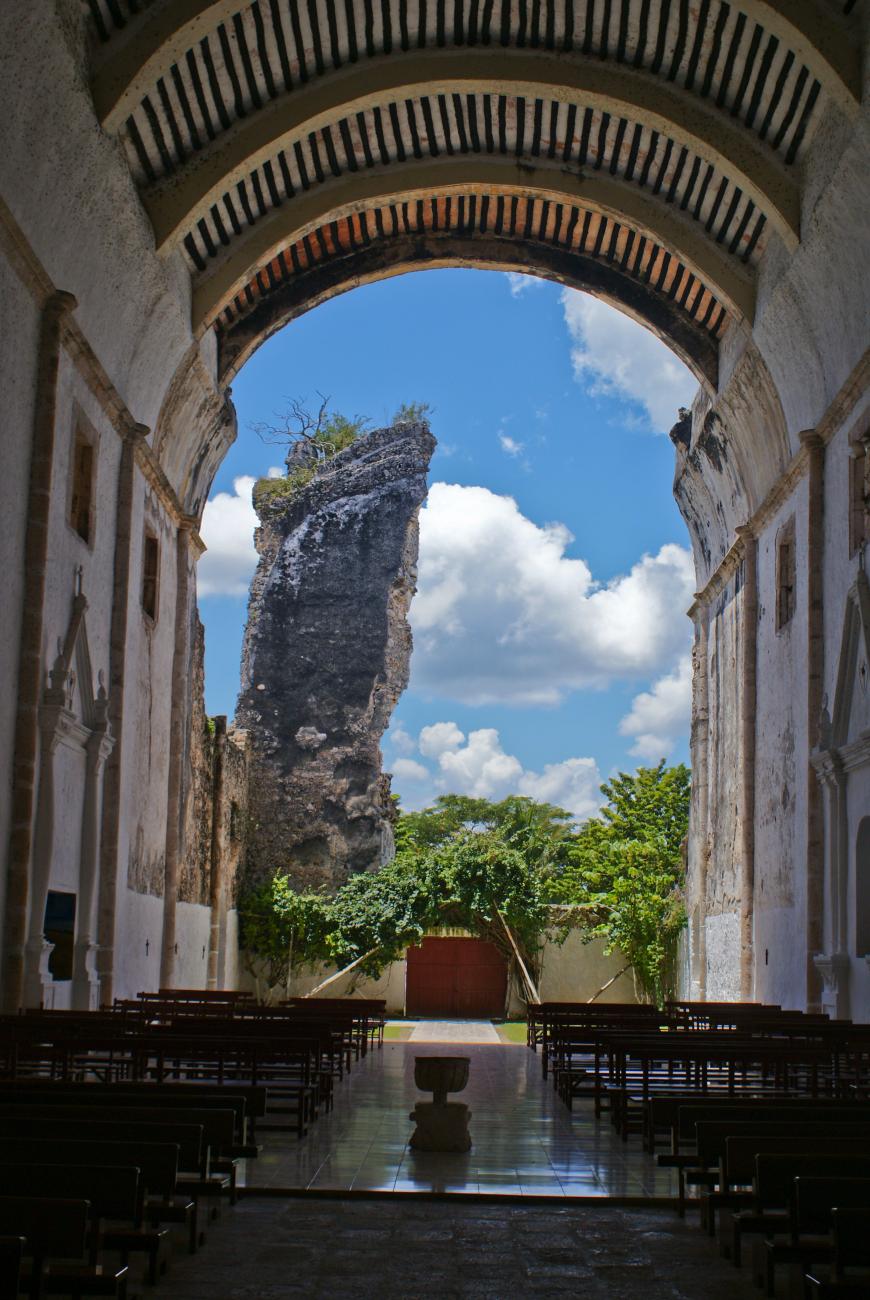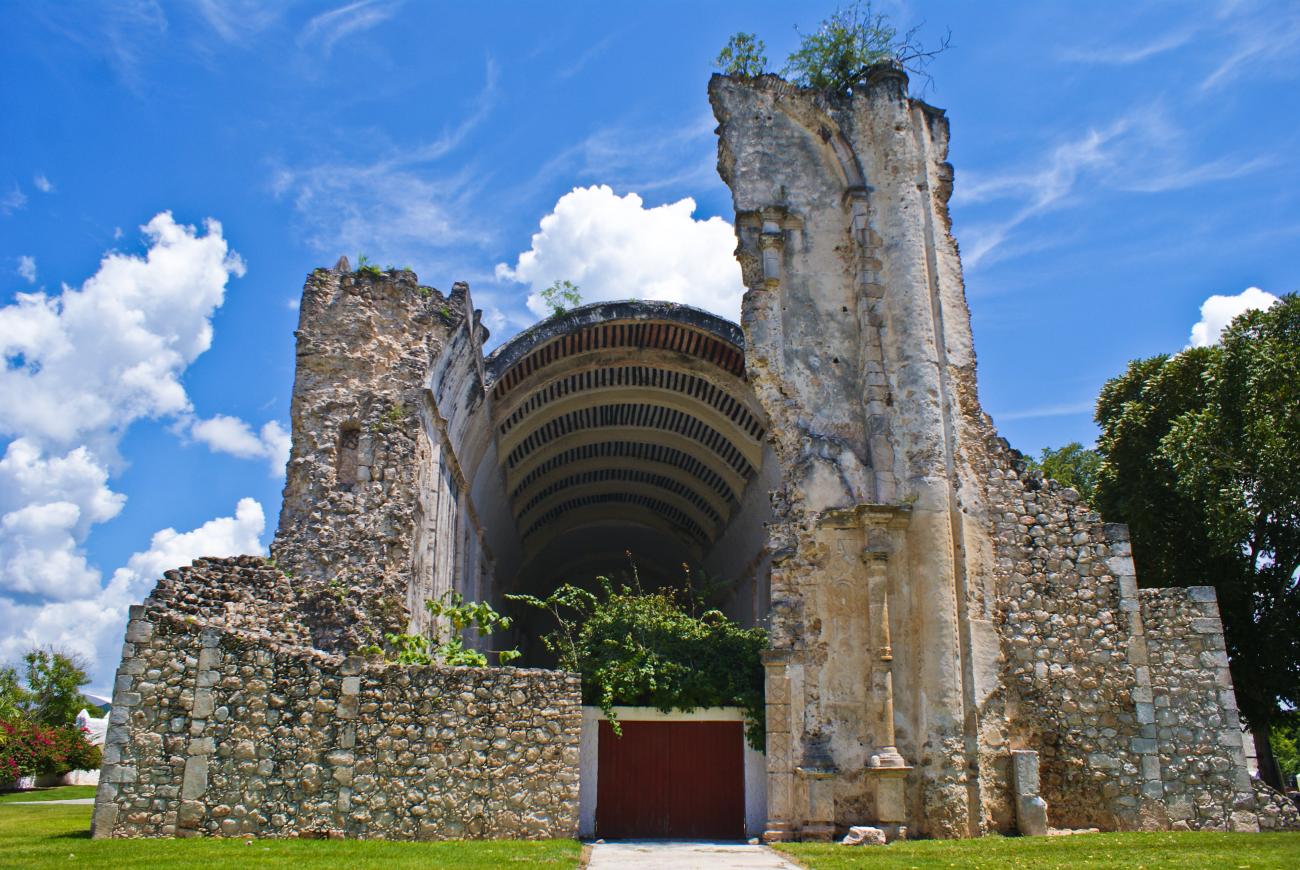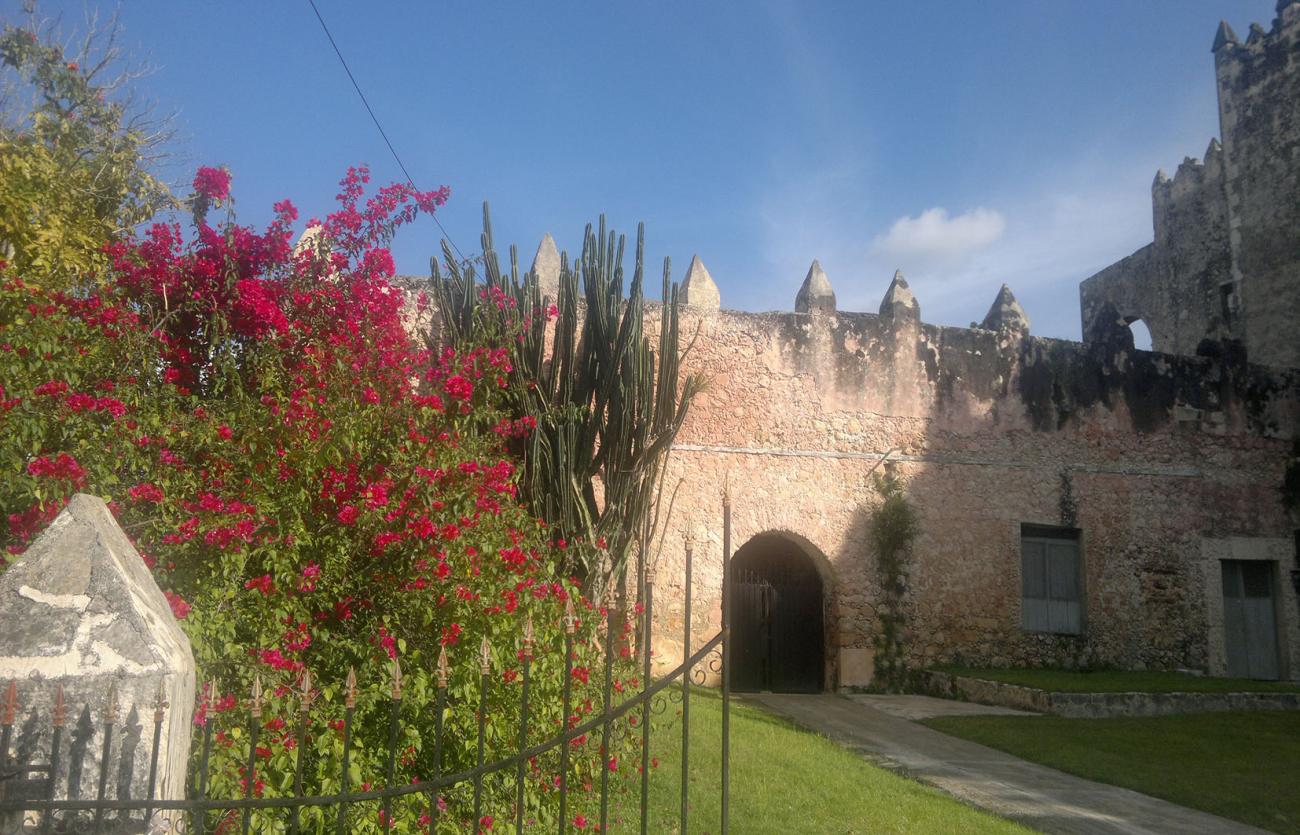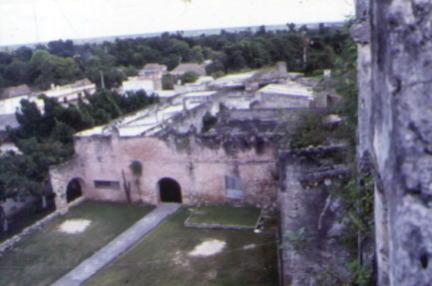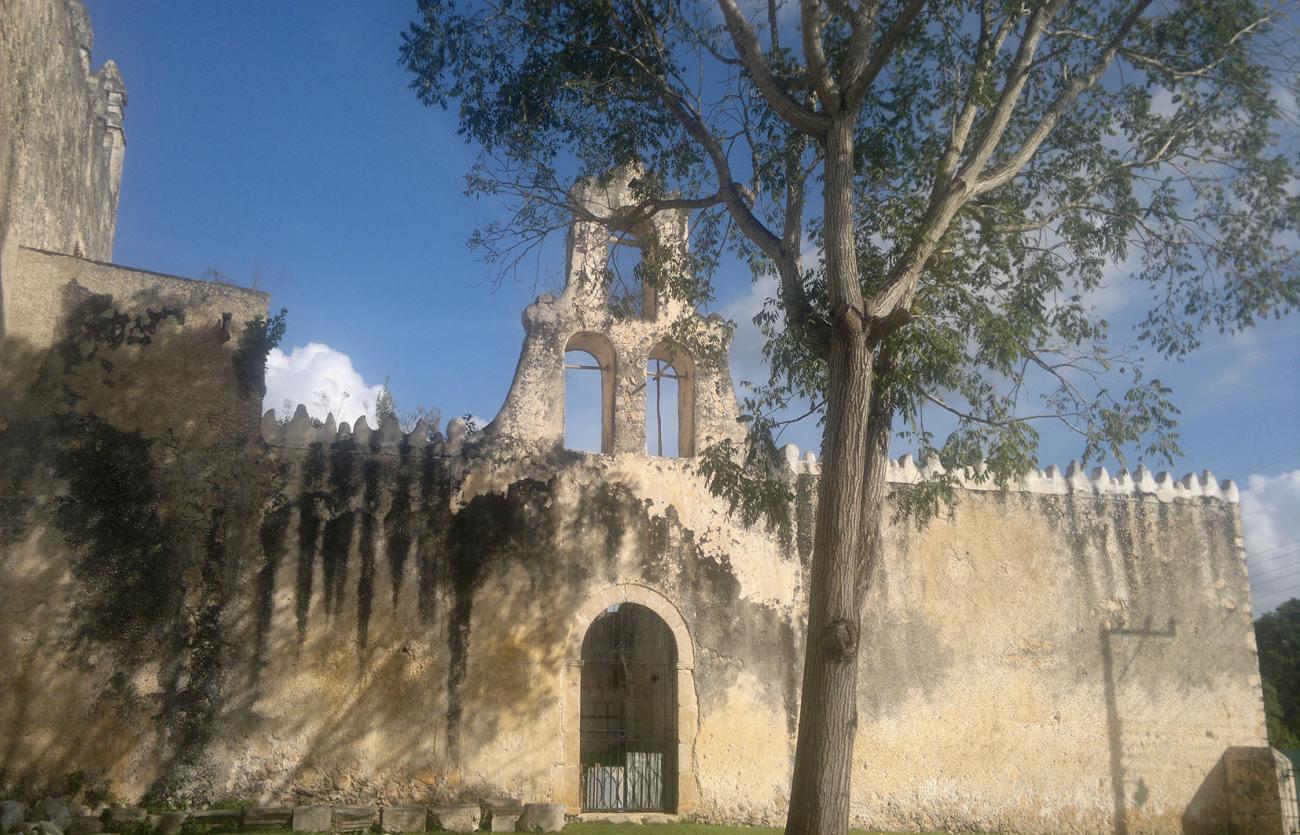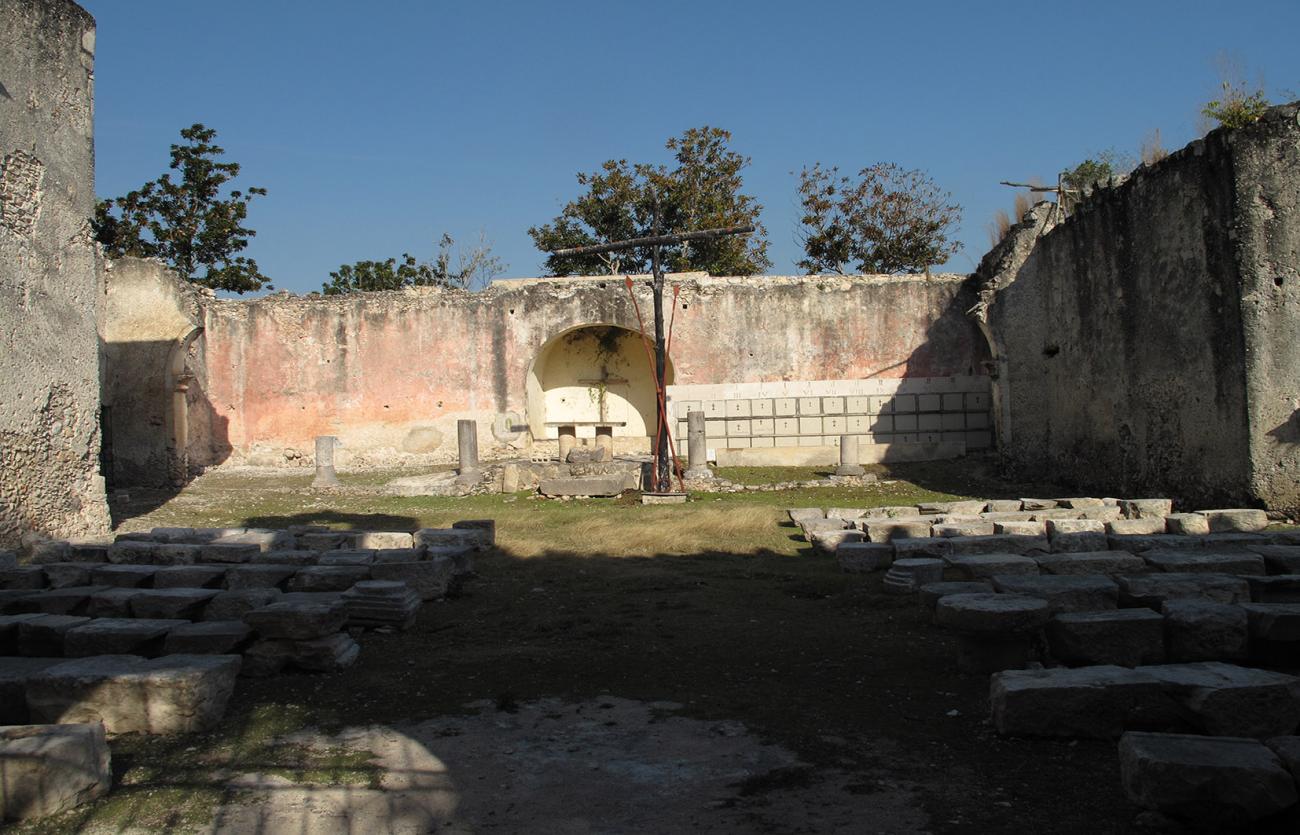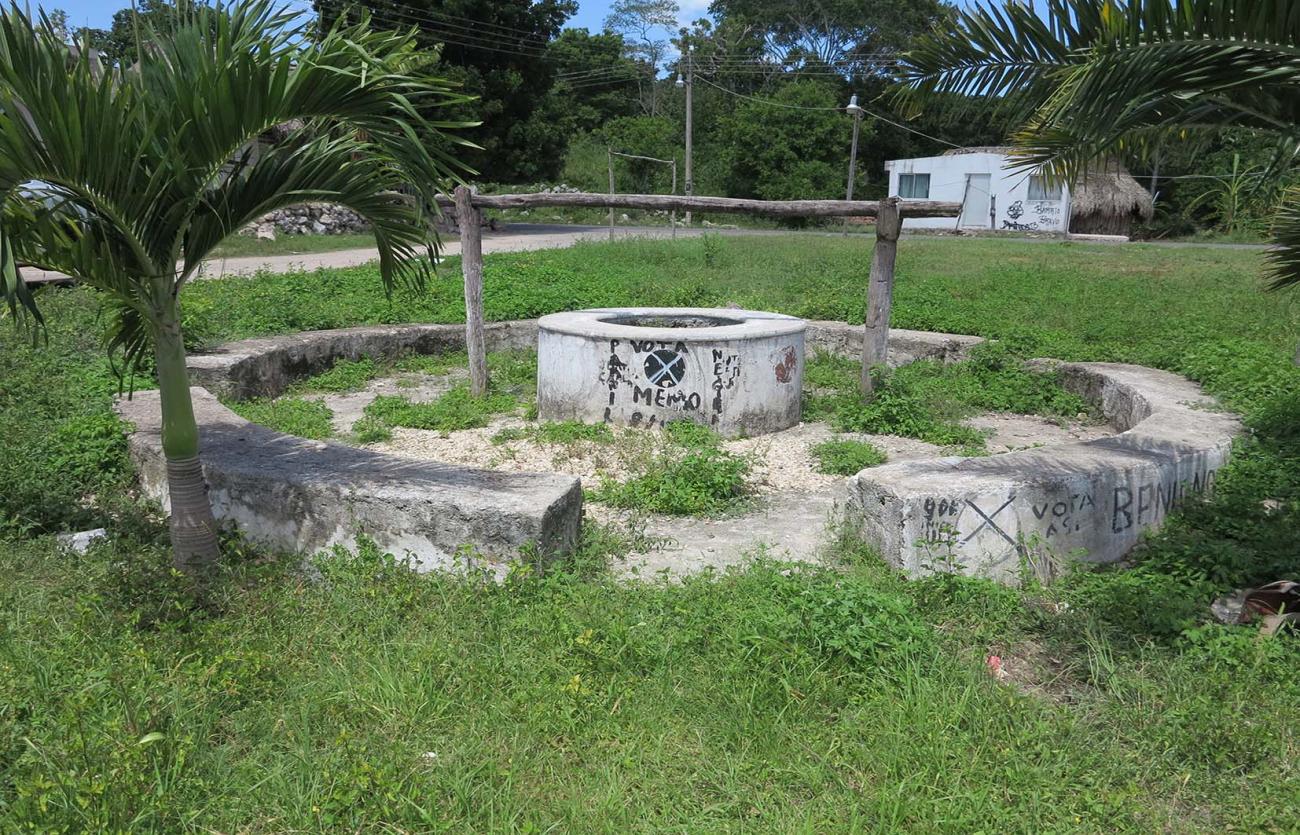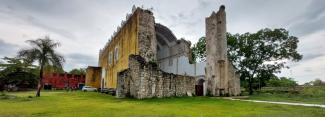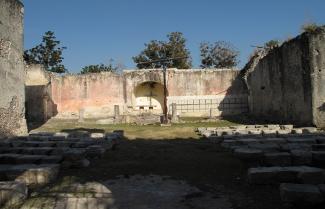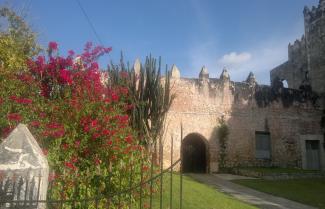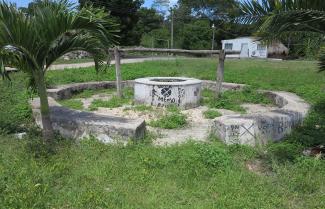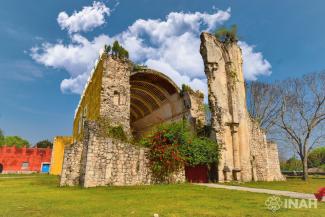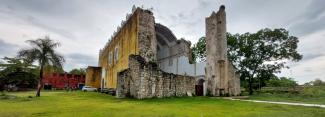Tihosuco
Historical Monuments Zone
Abstract
During pre-Hispanic times this was one of the chiefdoms of the Mayan world, while in colonial times it saw an economic boom that caused it to be besieged by pirates and filibusters. The area was also characterized by its henequen haciendas and for being the cradle and bastion of the struggle for Mayan autonomy known as the Guerra de Castas or Caste War.
The town of Tihosuco belongs to the municipality of Felipe Carrillo Puerto. In Mayan, Tihosuco or Jo’ tsuk means “five partialities” or “five directions” since it was the capital of Cochuah, one of the four chiefdoms of the Mayan world. Upon the arrival of the Spanish, it became a hub of evangelization and, due to its natural wealth and strategic geographical position between Valladolid and the port of Bacalar, it was attacked by pirates.
Around 1544, Francisco de Montejo, “el Sobrino” conquered the region, which became part of the encomienda system paying tribute to the Spanish. Franciscans dedicated to evangelizing the local people arrived in Tihosuco in 1579 and chose it as a center for religious teaching. By that year the friars had already built a church in lime and cobble stones using the labor of the indigenous people.
During the second half of the seventeenth century, Tiohusco lay on the border that divided the territory of Yucatan, with the area to the northwest controlled by the Spanish, while to the southeast there remained unconquered indigenous settlements.
In 1686 there was a confrontation between the encomendero of Tiohusco and the pirates Laurent “Lorencillo” de Graff and François Agramont, who looted and burned the town. In 1727, faced with attacks by English pirates, the governor of the province, Antonio de Figueroa y Silva, decided to fortify Bacalar.
In the middle of the 18th century, the Spanish government divided the territory of Yucatan into political jurisdictions called partidos, one of these being that of Beneficios Altos, the capital of which was Tihosuco. Rapid economic growth meant that it became the commercial hub for the area and a series of haciendas and ranches were established that produced sugar cane, achiote, coffee, cotton and cattle; subsequently henequen cultivation was introduced.
In 1840, the henequen boom led to the construction of six haciendas covering vast areas of land, whose administration was in the hands of wealthy landowners. However, on July 18, 1847, on the Columpich hacienda, owned by Jacinto Pat, chief of Tihosuco, the Mayan Indians of the region gathered to rebel against the Yucatecan government in protest against the high taxes and excessive demands for labor. In response to the government’s actions, Cecilio Chi attacked the town of Tepich on July 30, 1847, a date seen as the beginning of the so-called Caste War that for 55 years devastated the region occupied by the present-day states of Yucatán, Campeche and Quintana Roo. At the beginning of the conflict, Tihosuco was the place where the criollos organized against the Mayan rebels and was used as a military forward base for the Yucatecan troops.
In April 1849, Tihosuco was besieged, and saw a major battle that was won by the criollos. This defeat discouraged the Mayans, who fled to the jungle for a long time. Meanwhile, the criollo troops decided to leave Tihosuco. In 1866, a new siege took place, and the Yucatan army managed to defend the town from the rebels, this being the only triumph of the decade; the damaged church remains, to this day, a memory of that event. The conflict ended when the Federal Army took the town of Chan Santa Cruz, today Felipe Carrillo Puerto, in 1901. As a result of the Caste War, Tihosuco was abandoned; and the portal and the altar of the temple of the Holy Child Jesus were destroyed. It was not until the end of 1928 that Tihosuco was repopulated.
It was declared a Zone of Historical Monuments in 2019, the decree stating that the area covers 20 blocks. The layout of the zone is irregular and starts from the Central Plaza. It comprises buildings built between the 17th and 19th centuries that bring together a range of architectural expressions. Some of these were intended for religious worship, such as the Church and Monastery of Santo Niño Jesús.
The remaining buildings are of a civil nature, for housing, educational, welfare, service and public decoration purposes, among which the following stand out: the Museum of the Caste War and the Public Library. The predominant construction type uses stone foundations supporting stone walls with heights of five to six meters.
Regarding the architectural characteristics of the traditional constructions, for the most part they are of a single story, giving the town a predominantly horizontal appearance against which the Church and Monastery of Santo Niño Jesús stands out. The façade was demolished during the Caste War in 1847, with only the south end being preserved.
Biblioteca pública "Santiago Pacheco Cruz"
18th-century building, restored and adapted for use as a public library in the late 1970s, and inaugurated in May 1988.
Biblioteca pública "Santiago Pacheco Cruz"
18th-century building, restored and adapted for use as a public library in the late 1970s, and inaugurated in May 1988.
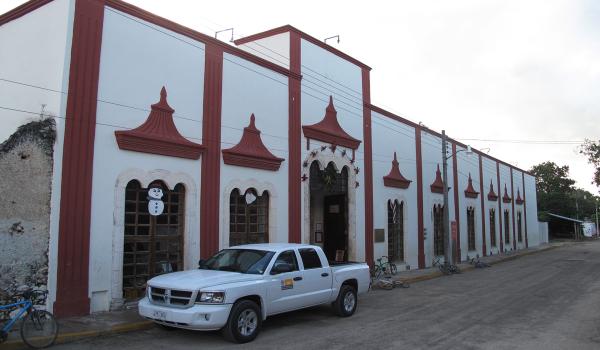
Museo de la Guerra de Castas
18th-century mansion where indigenous leader Jacinto Pat, a promoter of the rebellion against the Spanish, lived. After the Caste War in 1847, the building was abandoned until the state restored it and inaugurated it as a museum on March 24, 1993.
Museo de la Guerra de Castas
18th-century mansion where indigenous leader Jacinto Pat, a promoter of the rebellion against the Spanish, lived. After the Caste War in 1847, the building was abandoned until the state restored it and inaugurated it as a museum on March 24, 1993.
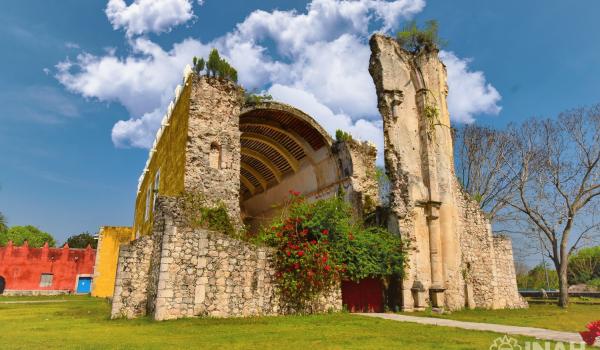
Parroquia del Santo Niño Jesús
16th-century religious building. By the late 18th century, Tihosuco prospered due to agriculture and smuggling, which was reflected in its church.
Parroquia del Santo Niño Jesús
16th-century religious building. By the late 18th century, Tihosuco prospered due to agriculture and smuggling, which was reflected in its church. The church expanded to have a large nave supported by arches and beams, with a beautifully adorned altar featuring wooden sculptures in gold-painted niches. During the Caste War, the Maya destroyed the main facade with an explosion.
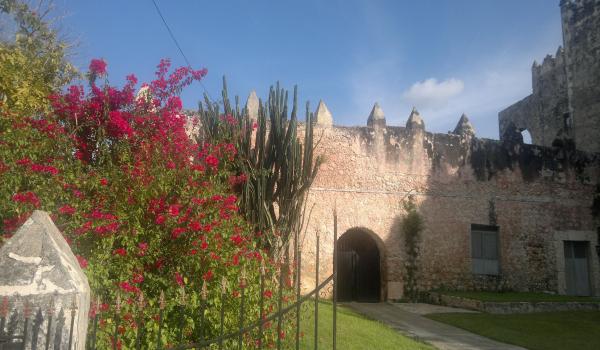
Casa Cural (Antiguo convento del Santo Niño Jesús)
18th-century building, annexed to the Parish of the Holy Child Jesus. The convent included numerous cells, several interior courtyards, a dining hall, a bakery, punishment stocks, a water reservoir, a school, and a theater with a covered stage, among other features.
Casa Cural (Antiguo convento del Santo Niño Jesús)
18th-century building, annexed to the Parish of the Holy Child Jesus. The convent included numerous cells, several interior courtyards, a dining hall, a bakery, punishment stocks, a water reservoir, a school, and a theater with a covered stage, among other features.
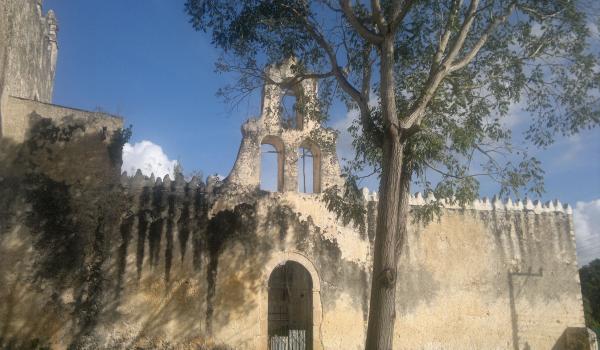
Antiguo panteón del templo del Santo Niño Jesús
18th-century building. Annexed to the Parish of the Holy Child Jesus, it is enclosed by limestone walls, with a stone basin for washing corpses at the center of its open chapel's altar. The entrance is topped by a bell tower with space for three bells, which disappeared during the Caste War.
Antiguo panteón del templo del Santo Niño Jesús
18th-century building. Annexed to the Parish of the Holy Child Jesus, it is enclosed by limestone walls, with a stone basin for washing corpses at the center of its open chapel's altar. The entrance is topped by a bell tower with space for three bells, which disappeared during the Caste War.
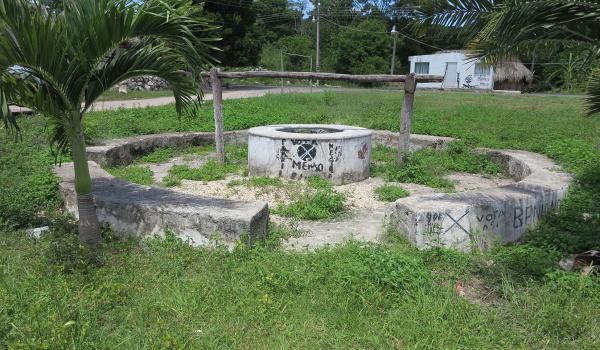
Inmueble Ingeniería hidráulica
19th-century well, built for public water supply, with a limestone masonry curb, plastered and painted white.
Inmueble Ingeniería hidráulica
19th-century well, built for public water supply, with a limestone masonry curb, plastered and painted white.
Inmueble civil
18th-century building. The facade preserves three original openings with stone frames and lowered arch (mixed-line) closures.
Inmueble civil
18th-century building. The facade preserves three original openings with stone frames and lowered arch (mixed-line) closures.

